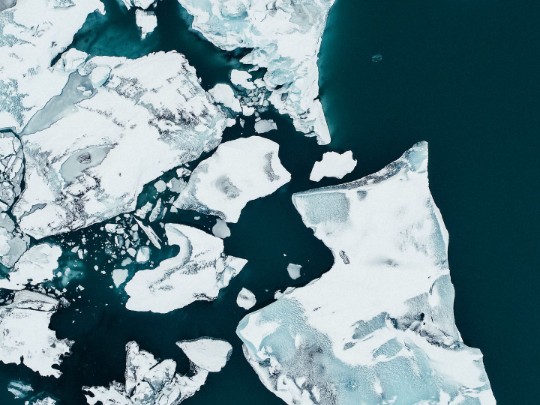Giant Icebergs: How They're Secretly Reshaping Australia's Oceans

Australia’s coastline, renowned for its stunning beaches and vibrant marine life, is subtly influenced by colossal forces far out at sea – giant icebergs. These breathtaking remnants of glaciers aren't just picturesque sights; they're key players in a fascinating and vital relationship with the surrounding seawater, and their impact is only set to grow with climate change.
The Freshwater Factor: Salinity Shifts and Ocean Currents
As icebergs drift and melt, they release vast quantities of freshwater into the ocean. While this might seem like a minor change, it can significantly alter the salinity of the water. Think of it this way: colder, less salty water is denser and tends to sink. This sinking action is a crucial driver of deep-sea circulation patterns – the 'conveyor belt' that distributes heat and nutrients around the globe. Changes to this system can have far-reaching consequences for weather patterns and marine ecosystems, impacting everything from rainfall to fish populations.
Nutrient Delivery: Feeding Australia's Marine Life
The influence extends beyond just salinity. Icebergs act as underwater transport systems, carrying sediments and vital nutrients from glacial regions far out to sea. When these nutrients reach the water column, they become a boon for phytoplankton – microscopic plants that form the very base of the ocean's food web. A surge in phytoplankton blooms can then support a cascade of marine life, from tiny zooplankton to larger fish, seabirds, and even marine mammals. The waters around Australia, already teeming with biodiversity, may be further enriched by this icy delivery service.
Releasing Trapped Secrets: Gases and Ocean Chemistry
The story doesn't end with sediments and nutrients. As icebergs break away (calve) from glaciers, they also release trapped gases – including ancient air bubbles – into the seawater. This can subtly alter the ocean's chemistry, potentially impacting its ability to absorb carbon dioxide and influencing ocean acidification. Understanding these gas releases is crucial for accurately modelling future climate scenarios.
A Changing Climate, A Changing Ocean
With climate change accelerating the melting of glaciers worldwide, the scale of these iceberg-seawater interactions is projected to increase dramatically. This means the impact on global ocean circulation, nutrient distribution, and marine ecosystems will also intensify. Scientists are working hard to better understand these complex processes, using advanced models and observations to predict the consequences and develop strategies to mitigate any potential negative impacts. These frozen giants hold vital secrets – secrets that are increasingly important for the health of our planet, and particularly for the waters surrounding Australia.






